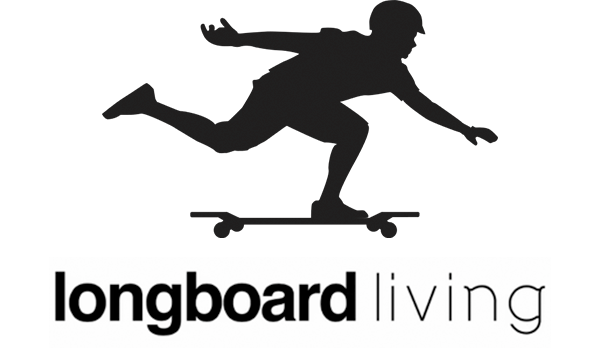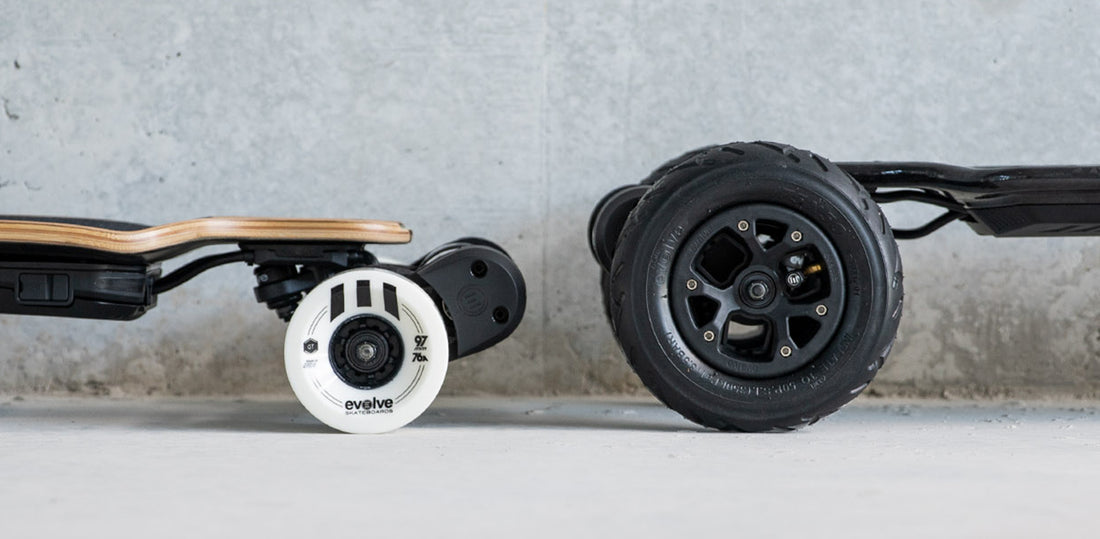When it comes to electric skateboards, the type of motor used plays a significant role in determining the riding experience, performance, and maintenance requirements. Two popular motor options for electric skateboards are hub motors and belt-driven motors. In this blog post, we'll delve into the differences between these two motor types, their pros and cons, and how they impact the overall riding experience. By understanding the distinctions, you can make an informed decision when choosing an electric skateboard that suits your preferences and riding style.
Hub Motors: Hub motors are integrated into the wheels of the electric skateboard, giving them a sleek and minimalist appearance. Here are some key characteristics of hub motors:
-
Performance:
- Acceleration: Hub motors offer smooth and instant acceleration, providing a responsive ride.
- Top Speed: While hub motors can achieve high speeds, they generally have a lower top speed compared to belt-driven motors.
-
Stealth and Aesthetics:
- Noise Level: Hub motors operate quietly, allowing for a more stealthy and inconspicuous ride.
- Aesthetics: The absence of external motor components provides a clean and streamlined look to the skateboard.
-
Maintenance and Durability:
- Simplicity: Hub motors have fewer moving parts, resulting in simpler maintenance and fewer components to worry about.
- Water Resistance: The enclosed nature of hub motors provides better protection against water damage, making them more resistant to wet conditions.
Belt-Driven Motors: Belt-driven motors use a system of belts and pulleys to transfer power from the motor to the wheels. Let's explore the characteristics of belt-driven motors:
-
Performance:
- Torque and Power: Belt-driven motors typically offer higher torque and power, allowing for faster acceleration and climbing steeper inclines.
- Customization: The use of different pulley sizes allows riders to customize their board's speed and torque ratios.
-
Ride Quality and Flexibility:
- Smoothness: Belt-driven motors provide a smoother ride due to the additional flex in the system, absorbing vibrations and imperfections in the road.
- Freewheeling: When the motor is disengaged, belt-driven systems allow for freewheeling, providing a more natural riding experience.
-
Maintenance and Durability:
- Accessibility: Belt-driven motors are easier to access, making maintenance tasks such as belt replacements or motor repairs relatively straightforward.
- Belt Wear: The belts in belt-driven systems may require occasional replacement due to wear and tear.
Choosing the Right Motor for You: The choice between hub motors and belt-driven motors ultimately depends on your riding preferences and specific requirements:
- If you prioritize a sleek appearance, quiet operation, and minimal maintenance, hub motors may be the ideal choice for you.
- If you seek high torque, customization options, and a smoother ride, belt-driven motors might better suit your needs.
It's worth considering factors such as desired speed, terrain, range, and personal riding style when making a decision.
The type of motor in an electric skateboard, whether it's a hub motor or a belt-driven motor, significantly impacts the riding experience, performance, and maintenance requirements. Hub motors offer simplicity, stealthiness, and better water resistance, while belt-driven motors provide higher torque, customization options, and a smoother ride. Understanding the distinctions between these motor types will help you choose an electric skateboard that aligns with your preferences and needs. Whether you prioritize aesthetics, power, or flexibility, the right motor choice will enhance your electric skateboarding journey. Happy riding!

